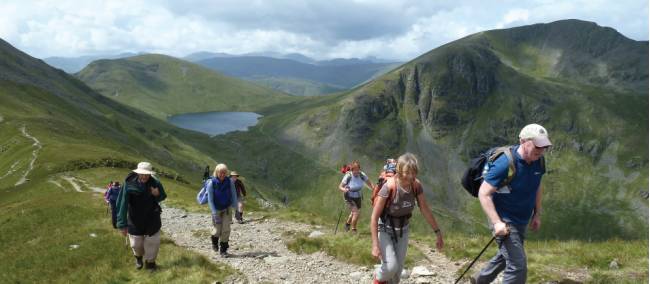
Ascending St. Sunday Crag from Grisedale Beck
Blog home / What To Pack For Your Coast To Coast Walk
So, you are off to walk the Coast to Coast. Whether it’s guided or self-guided you will have your main baggage being transferred for you, which saves on a lot of weight, but the big question is what essential and useful items should you take with you on the walk?
As you are staying in hotels, pubs and B&Bs, this is something that can get reviewed on a day to day basis so that you can make adjustments in regards to the weather, and depending on if you are on a higher (mountainous) or lower (farmland and road) section of the route. First, are the essentials.

Rucksack
A 35-50 litre rucksack (day sack) should be a sufficient size to put everything in for the day. Most of these are of course not waterproof, so you may also want to invest in a rucksack cover – although, beware that these can easily blow off and fly away if not well secured. Make sure to line the rucksack with a dry bag, or have several individual dry bags or even ordinary polythene bags without holes in.
Modern-day rucksacks have lots of utility points for attaching gels, water bottles or dormant walking poles. Elasticated webbing ties, or a large webbing fabric rear pocket of many day sacks is extremely useful for securing wet clothing between showers, so that it is readily accessible and doesn’t soak the main compartment of the rucksack.
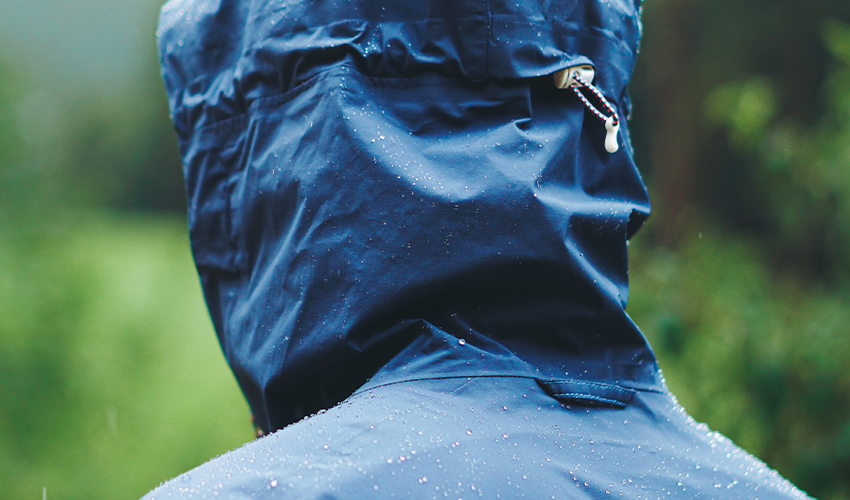
Waterproofs
Always carry full waterproofs, top and trousers, even if it is unlikely to rain, they make a perfect windproof layer and you can forget they are there. The risk is not putting them in your bag on a good day and then the next day when it rains, discovering that you haven't got them! Gaiters could optionally be carried and put on during wet and boggy days, when it is likely that your feet will get pretty wet.
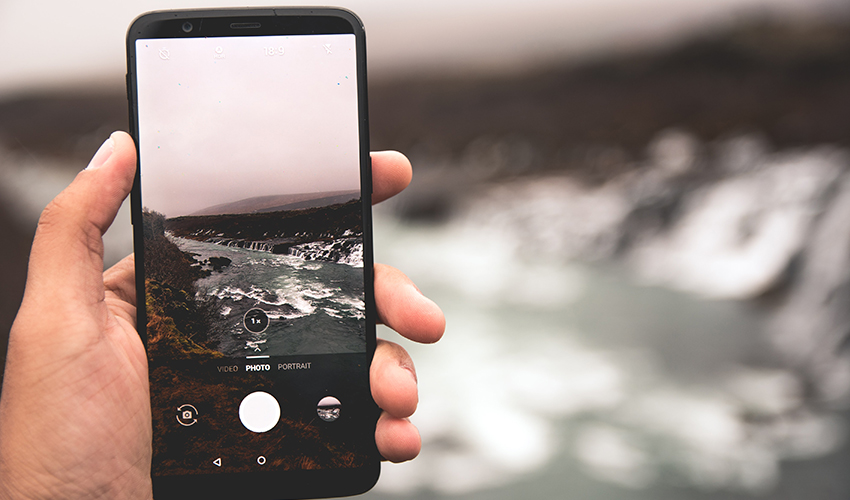
Documents and Phone
For valuable documents and your maps, notes and books that you are using for the walk, it is certainly quite a good idea to invest in waterproof map and document cases; ideally an A4 or A5 sized one for documents and an A3 sized one for maps. Ortileb makes some good ones which will be totally waterproof if sealed properly and last for years.
A mobile phone is more or less essential these days and can be used for contacting emergency services, the accommodation or for use as a camera or GPS. You may want to bring a 'proper ' camera as well, there is certainly a lot of subjects to take photos of during the walks, especially landscapes. It may be worth having a spare powered battery and a portable power supply for your phone, just in case.
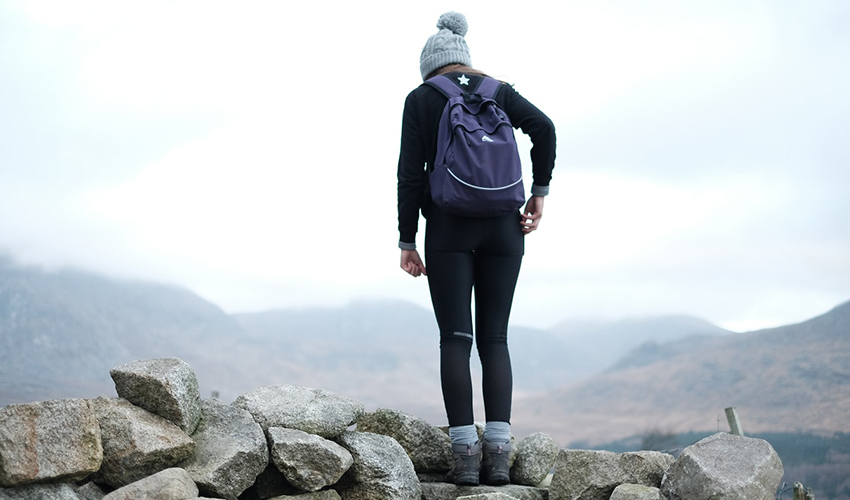
Extra Layers
If you are not wearing it, bundle a fleece, jumper or gillet into your bag. Although, really it is not essential to carry a spare set of clothing with you, an extra-long sleeved shirt may be worthwhile if it is very hot or if you want to change into a drier garment when you arrive at your next destination. Some days, there is always the chance you will get in before either your baggage does or before your accommodation is actually open.
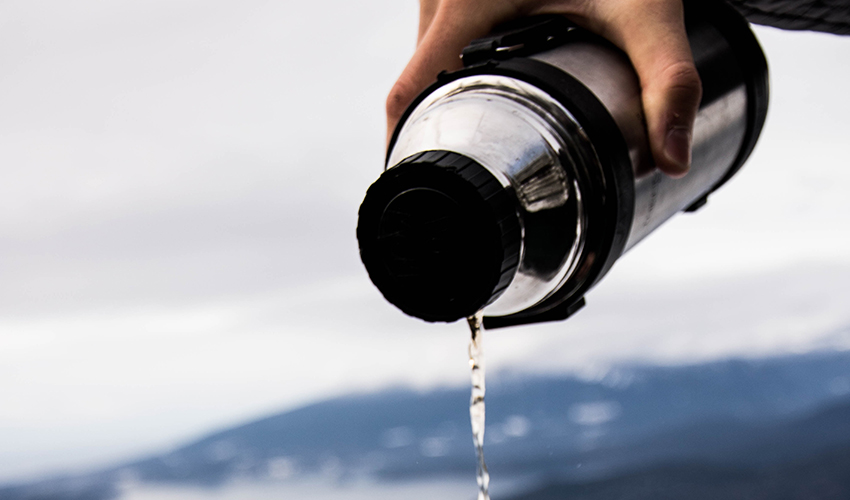
Food and Drink
Some people carry a plastic container for their packed lunch to stop the content getting squashed, although most people just make do with just a bag. It’s always a good idea to put some extra high energy snacks and bars in the pockets of your daysack too and have at least 2 litres of drinking water with you. In the UK you can fill up from water taps, you don’t need to buy bottled water.
We would recommend you to take a half litre vacuum flask for hot or cold drinks as well. Some walkers are very pleased to have these with them whilst they are out on a cold day, or to ‘celebrate’ the traditions of morning or afternoon tea. Unlike walking on the continent, when you walk in Britain you will nearly always find a hospitality tray in your bedroom with kettle and tea/coffee items, sufficient to fill a flask.
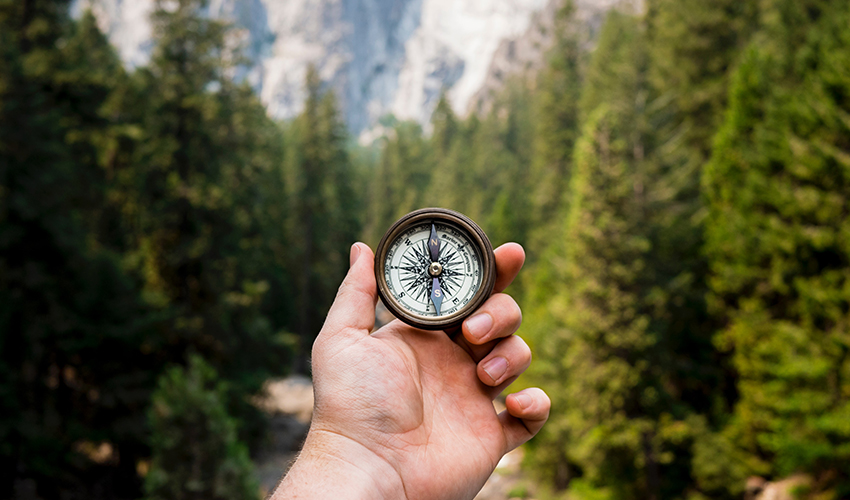
Handy Everyday Items
Most rucksacks have a top pocket where you should store quickly accessible items, such as a small head torch, whistle, penknife, lightweight gloves and a beanie-style hat. The same pocket should also be used to carry things like lip balm, sun cream, keys and a proofed wallet to contain things like your passport, money and tickets - items that should not be left in your main baggage. A squash able broad-brimmed hat and sunglasses are also recommended, but maybe leave the umbrella behind as they can easily get destroyed in the windy conditions sometimes experienced along the Coast to Coast. Finally, make sure you have at least somewhere on your person or handy in the daypack for map, compass, notes, book and information about where you are staying overnight. It is easy to forget!